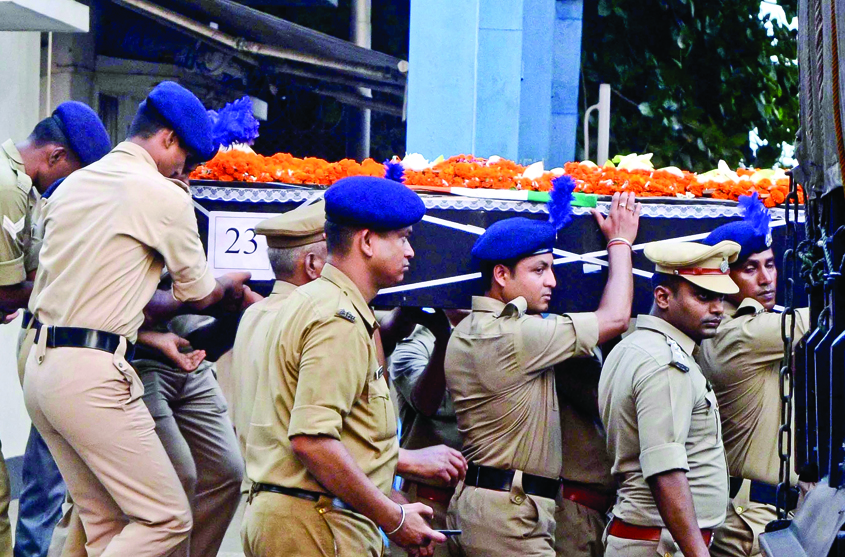A senior CRPF official, who worked in the Naxal infested areas for two years, said that the Naxal strike in Sukma could have been prevented if there was sufficient intelligence generated by the local police and then shared with the CRPF.
“We are not getting the kind of cooperation that we expect from the state police. Intelligence gathering is something that needs to be done by the state police as they are more familiar with the culture and language of the tribals, and the tribals, unlike us, do not see them as outsiders. However, we are not getting the kind of intelligence that we require,” he said, adding that the state police is more or less “reluctant” in taking part in anti-Naxal operations.
Another CRPF official said that the attack on the CRPF party was inevitable. “Lots of stories are coming in the media that the Standard Operating Procedures (SOP) were not followed by our team. This is absolutely rubbish. The team was given a task to guard a particular spot (a road that was being built) and whatever route the team took, however slowly or rapidly they walked, ultimately they had to reach the spot, sometimes sooner, sometimes later. And once the Naxals decided that they will attack them, they just had to wait around the spot for the team to come. When you are guarding something that is immobile, your risk of being attacked increases manifold as your enemy knows the spot where you will arrive,” he added.
However, one of the Chhattisgarh-based IPS officers who was instrumental in establishing, for the first time, the presence of the security forces in the Maoist stronghold of Abujmarh, which was seen as the headquarters of the Naxals, said that it was wrong to pass the blame on the state police.
“The objective of both the CRPF and the state police is the same, to end Naxalism. So why would we not share intelligence with them? This narrative of ‘intelligence was not shared by the state police’ always comes up, without fail, whenever a Naxal attack happens. Do media people, who write about it, even know how difficult it is to gather intelligence there? Even now, there is virtually no mobile connectivity in areas like Sukma, Bijapur and Narayanpur. When a villager goes to the weekly market in Bastar, he first informs the local Naxal leader and if he is late from returning from the market, the villager is questioned by the Naxals why he was late. Many are beaten just on the suspicion that they might have spoken to the police. In this situation, who will talk to the police? You can just imagine the difficulty the police face while operating there. So blaming the state police is the easiest thing,” the officer said.
As per officials, the state government spends close to Rs 9 crore annually on intelligence gathering in the Naxal infested areas.
Another Chhattisgarh-based IPS official, who has worked in one of the Naxal infested districts, said that a lot of work can be done to improve coordination between the state police and the CRPF. “The CRPF, being a para-military force, has access to better training, weapons and equipment compared to the state police and in many cases, we have seen that CRPF officials see the state police as somewhat inferior to them and this leads to problems on the ground,” the official said.
The force members operating on the ground have also questioned the role of some of the top officials of the force who rarely visit the ground zero, yet make “strategies” sitting in Delhi. “A retired IPS officer is serving as an advisor to our force since 2012 and he has very little idea of the prevalent ground reality, yet he is the one who oversees our strategies sitting in Delhi. This is just a waste of resource. If he really wants to help, the advisor should sit with us in Sukma or at least Bastar,” the CRPF official added.
After the Sukma incident, Pankaj Mishra, a CRPF paratrooper, who is presently posted in Durgapur, West Bengal, had shared a video online questioning Home Minister Rajnath Singh and other senior leaders for not going to the homes of the martyrs who were killed in the attack. Mishra’s relative Abhay Kumar was among the 25 CRPF personnel killed in the Maoist attack. Responding to Pankaj’s video, CRPF Deputy Inspector General M. Dinakaran, who is also the spokesperson of the force, told The Sunday Guardian that the force had taken cognizance of the video. “He is a habitual offender and we are taking action against him,” Dinakaran said.

